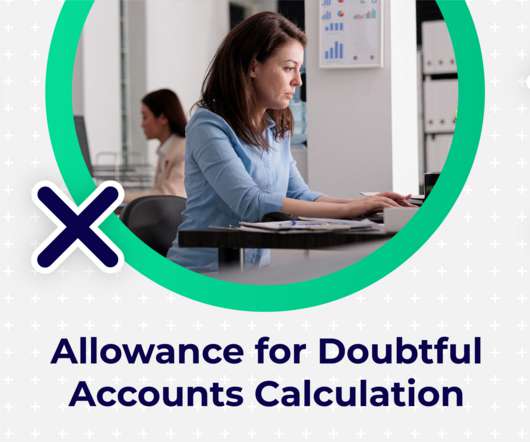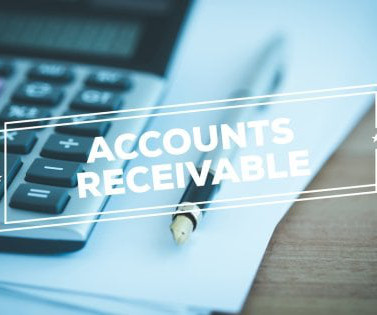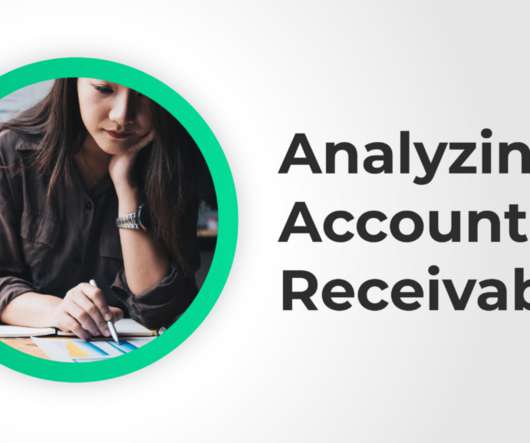How To Calculate Allowance for Doubtful Accounts
Gaviti
OCTOBER 24, 2022
Allowance for doubtful accounts (ADA) is a financial metric that estimates the value of rendered services or goods sold that you don’t expect to get paid for. Essentially, it’s a tool used in accrual accounting as a way of tracking bad debt up front with the end goal of maintaining more accurate financial statements.











Let's personalize your content